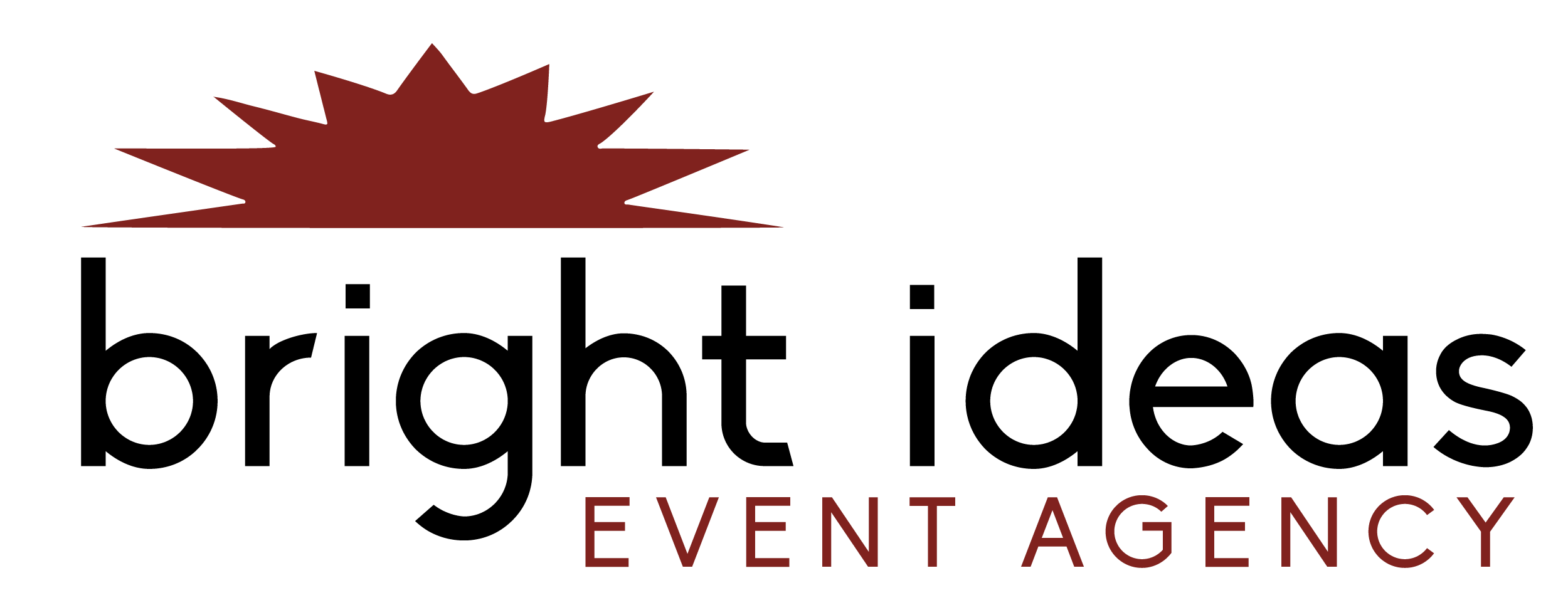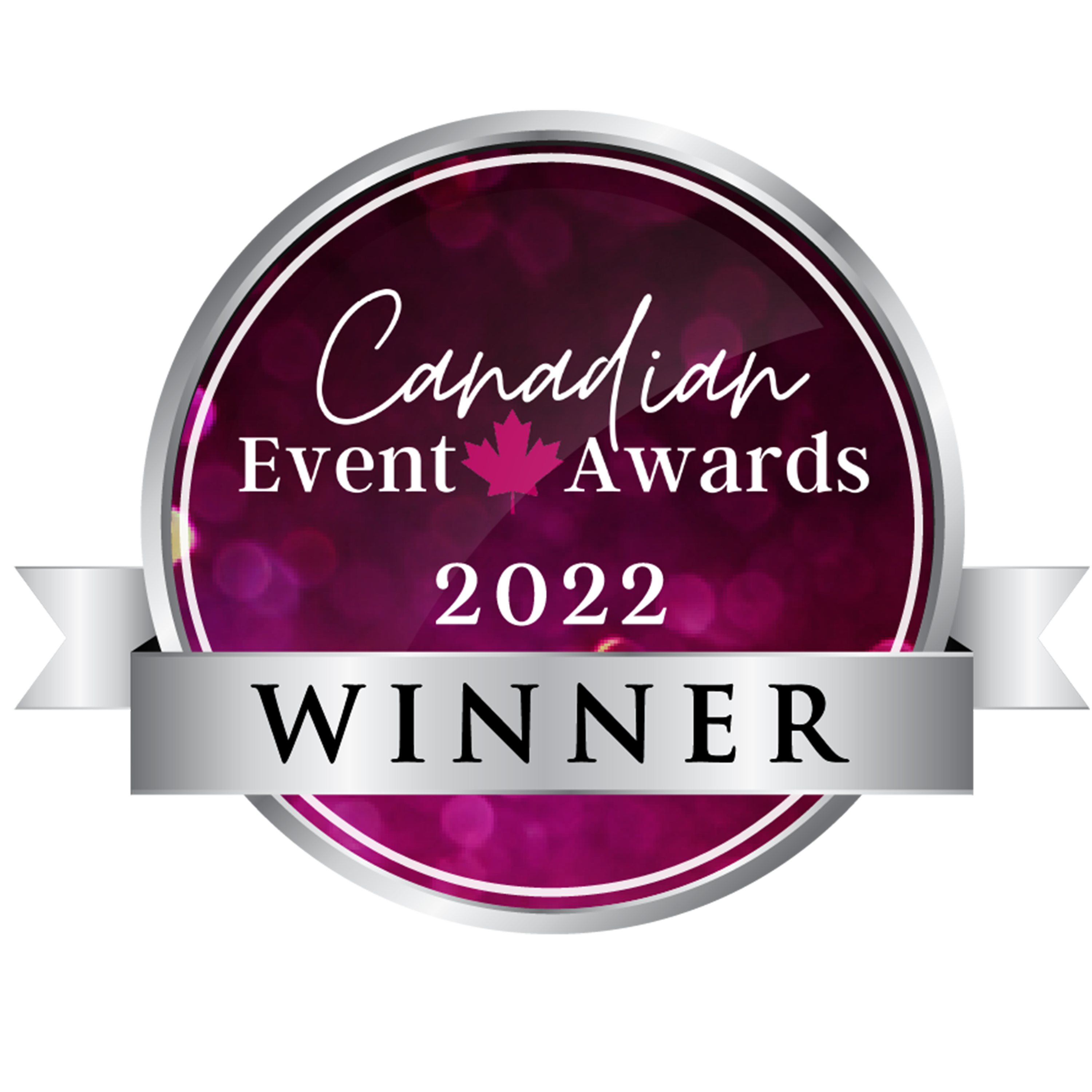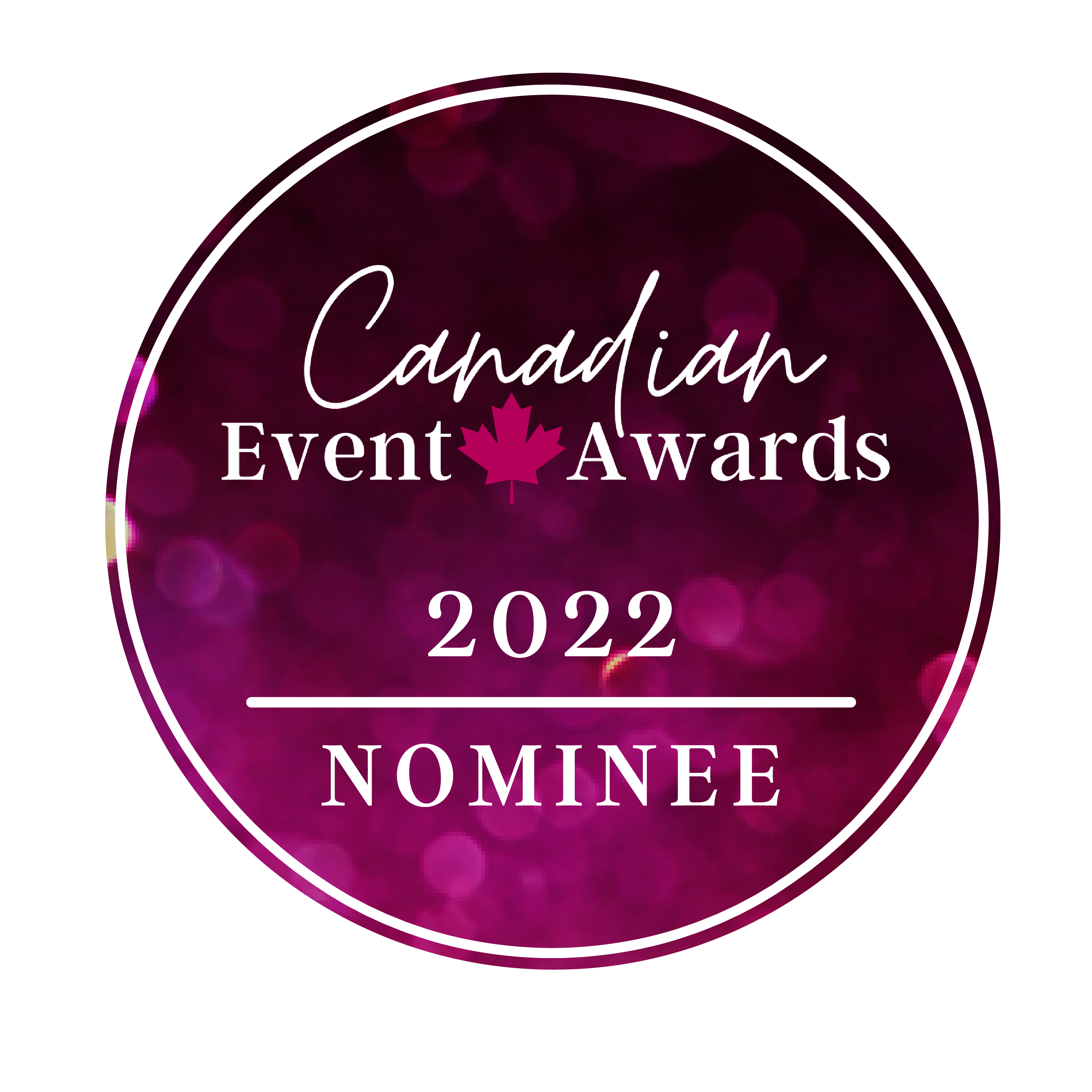Virtual Events Gone Global
The world of events has seemingly gone virtual and it looks like it will continue well into 2021. Recent announcements from prominent brands signal that the run in virtual events may continue for quite a bit longer. Salesforce announced the cancellation of most of in-person events in 2020, moving most of them to the virtual format. In 2019 Dreamforce brought 170,000 attendees to San Francisco’s Moscone Center. In 2020 participants attended from browsers and apps.
In 2021 Microsoft announced that all of its internal and external in-person events were moving to digital. The announcement applies through fiscal 2021, which runs from July 2020 to June 2021. Any in-person events that don’t move to digital, will be cancelled outright. If Salesforce and Microsoft are indicators, expect to see many more announcements and adaptations to virtual events. With virtual events being the talk of the town right now, event planners share what they’re thinking about their event strategies.
Event Strategies: Plan and Adapt
Jana Boruta, head of events and experiential marketing at HashiCorp, cancelled all of the company’s large-scale in-person events for the rest of the year, moving them to digital-first experiences. “Until we learn the patterns of COVID-19 or develop a vaccine, it’s not going to be safe for us to hold large gatherings,” said Boruta. For 2021 and beyond, Boruta’s team is putting together multiple contingency plans with budgets. Each plan will have a defined trigger that would set the next plan in motion.
Liz Lathan, CEO and co-founder of Haute Dokimazo, sees smaller, more intimate events returning in 2021. According to Lathan, “We think that things will open back up this year for in-person, but these events will be smaller, regional events that don’t require customers to travel. We are seeing companies asking about moving back to small field events for 10 to 20 people.”
Look Before Hopping Aboard the Virtual Bandwagon
The following reflex action is understandable: in-person events cancelled? Announce the event is going virtual! Not so fast, said Hashicorp’s Boruta. Take a step back to reassess. What were the original goals of the in-person event and will a virtual event achieve those goals?
“Spend some time understanding the most important critical aspects of your event. Once you have your goals and a clear understanding of the event, then start creating the experience virtually,” said Boruta. In addition, Boruta recommends that event planners consider what the digital experience will uniquely offer. She continued, “Don’t take what you do at your in-person event and try to directly replicate it online.”
Events are a way to stay connected with customers and Haute Dokimazo’s Lathan urged brands to think customer engagement first, and tactics and channels second. “Stay connected to customers, whether virtually or through other off-screen media, like podcasts or print,” said Lathan. Before considering the format (e.g., video, webinar, virtual event, broadcast), understand your business objectives, then align your content towards those objectives. “Only then do you select the platform or medium on which to distribute that content. If conversation or networking is a key component, then the virtual event platform needs to support those objectives in something more than just a chat channel,” said Lathan.
Think Audience First
Dahlia El Gazzar, event designer at DAHLIA+Agency, urges brands to think deeply about their audience. Many are suffering from Zoom fatigue, while juggling “work from home” with homeschooling their children. There is a lot happening beyond the screen: stress, anxiety, even mental exhaustion.
“Design your virtual event to deliver content in formats that attendees want and make the delivery so exciting so that the viewers would binge on it. Yes, create the ‘Tiger King’ for your industry,” said El Gazzar. Echoing a similar thought from Boruta, El Gazzar recommends the design of a unique virtual experience, not a straight replication of the in-person event.
The most successful virtual events are those that approach the event from the attendees’ perspective, according to Boruta. Unlike conventional offices, users’ home offices force them to juggle between phone calls, lunch, kids, pets and more. You can’t expect to have their full attention during the entire event.
“I’ve appreciated the events that have kept the session lengths to 20 minutes maximum and organized half-day events instead of full-day events,” said Boruta. If you cater to your audience’s needs, they’ll appreciate you and you’ll win over more of their attention.
~~~
You might also enjoy reading the following blogs:











